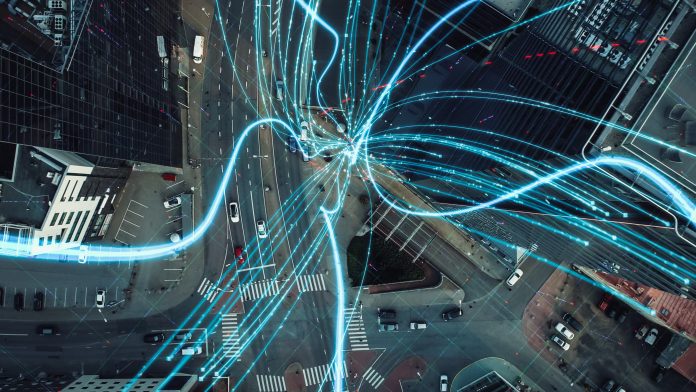A new AI review outlines 2025 strategies to fix missing traffic data in smart cities using structure- and learning-based methods
Smart cities, with their reliance on traffic data for managing congestion, improving safety, and planning sustainable transport systems, face a significant challenge in the form of missing or incomplete data. This issue often leads to gaps in analysis and decision-making. However, a new 2025 review, published in Artificial Intelligence and Autonomous Systems, offers a ray of hope. It explores how artificial intelligence, through a comparison of structure-based and learning-based methods, can potentially overcome this challenge. The review evaluates the performance of these methods across various datasets and provides frameworks to enhance real-time urban mobility solutions, instilling a sense of optimism for the future of smart cities.
AI-powered techniques for traffic management
Smart cities are challenged by the lack of data, despite the increasing number of sensors and intelligent systems; the issue persists.
In a comprehensive review, researchers from Shandong Technology and Business University have meticulously surveyed the latest AI-powered techniques designed to automatically fill these data gaps. Their systematic classification of existing methods and comparison of their performance under various missing data scenarios provide a reliable and comprehensive resource for those interested in the field.
“When traffic data is incomplete, it affects signal timing, congestion prediction, and even emergency response planning,” said Kaiyuan Wang, the lead author of the study. “Our goal was to provide a clear framework to help choose the right method for the right situation.”
The researchers divided data imputation techniques into two broad categories: structure-based methods, which rely on the inherent low-rank structure and spatiotemporal patterns of traffic data, and learning-based methods, which utilise deep learning models, such as GANs, GNNs, and attention mechanisms, to learn complex data relationships.
“Structure-based methods are often more interpretable and work well with moderate missing rates,” explained Dr. Xiaobo Chen, the corresponding author. “But in cases of high missing rates or complex patterns, learning-based methods—especially those using graph neural networks or generative models—can be more powerful.”
Supporting safer and smarter cities
The researchers also summarised publicly available datasets, such as PeMS and METR-LA, and standard metrics like MAE, MAPE, and RMSE, providing a valuable resource for researchers looking to benchmark their models. They tested multiple methods under unified conditions and developed a decision-making workflow to help users select the best approach based on the type, rate, and availability of computational resources.
“Real-world traffic data is messy—it’s not just randomly missing. It can be influenced by traffic signals, weather, or even time of day,” says Wang. “We also need methods that are fast enough for real-time use and that can quantify uncertainty in their predictions.”
The researchers highlight several promising directions, including multi-source data fusion, lightweight AI models for edge computing, and uncertainty-aware imputation techniques.
“We’re moving toward a future where AI doesn’t just fill in missing data—it understands why it’s missing and how to best reconstruct it in a way that supports safer and smarter cities,” added Dr. Chen.











